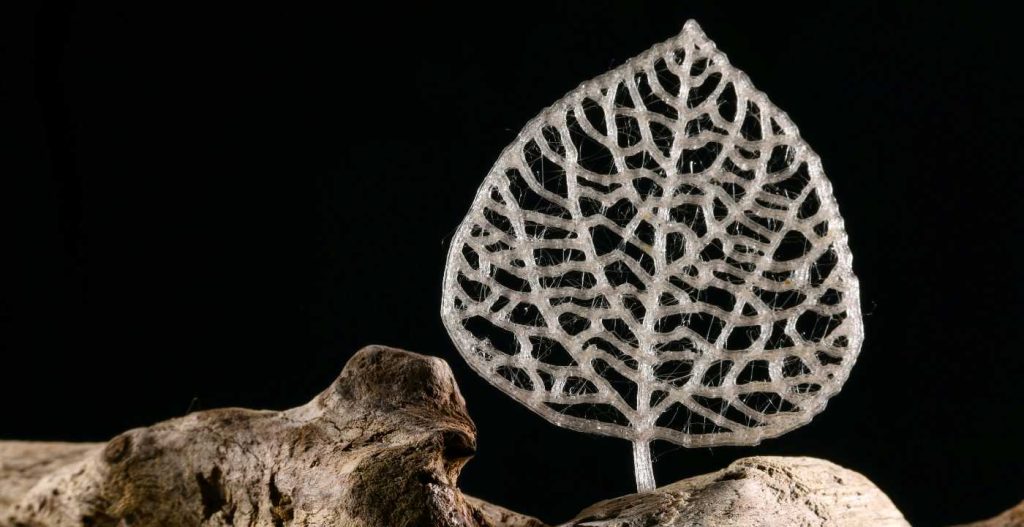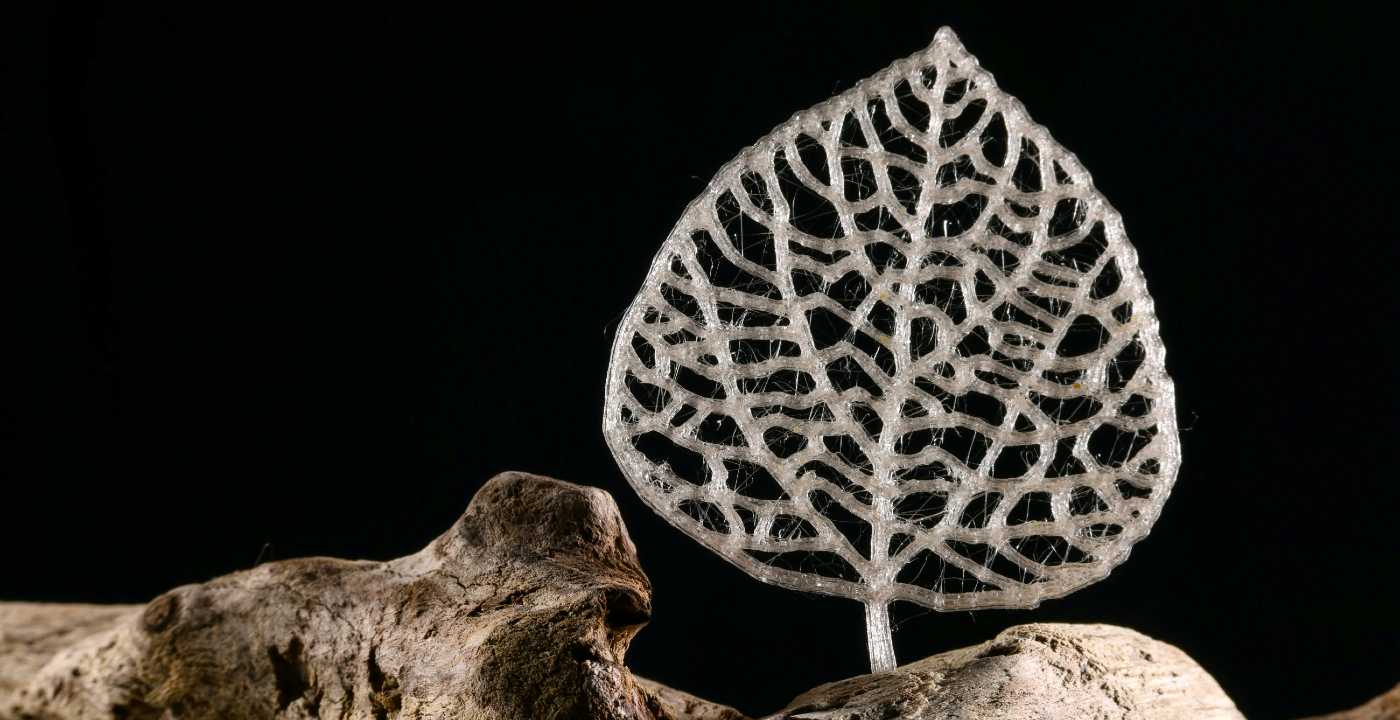
A new type of plastic made directly from organic plant waste has been created by scientists.
The new material is easy to make and could be used in everything from packaging and textiles to medicine and electronics.
The researchers in Switzerland have already used the technique to make packaging films, fibres that can be spun into clothes or other textiles and filaments for 3D printing.
Conventional plastic is so widespread because making it combines low cost, heat stability, mechanical strength, processability, and compatibility, the researchers say.
Until now, few if any alternative plastics have managed to match or surpass conventional plastic on these metrics, which is vital if they are to be used more widely.
To make the plastic, scientists ‘cooked’ wood and other non-edible plant materials in inexpensive chemicals to make a plastic precursor.
The sugar structure stays intact within the molecular structure of the plastic, making the chemistry much cheaper than other types of alternative plastic.
MORE: Enzyme Discovered in a Cemetery’s Compost Heap Can Break Down PET Plastic in Record Time
Back in 2016, the researchers found out that if they added an aldehyde chemical they could stabilize parts of the plant material to avoid their destruction during extraction. But now, instead of formaldehyde they are using glyoxylic acid, a solid organic compound that occurs naturally and is used in industry.
The team could simply clip ‘sticky’ groups onto both sides of the sugar molecules, which allowed them to act as plastic building blocks.
Using this simple technique, they could convert up to a quarter of the weight of agricultural waste, or 95 per cent of purified sugar into plastic.
“The plastic has very exciting properties, notably for applications like food packaging,” Professor Jeremy Luterbacher from the Swiss Federal Institute of Technology, who created the plastic, said.
RELATED: Texas Scientists Have Created a Protein That Breaks Down Plastic Bottles
“What makes the plastic unique is the presence of the intact sugar structure.
“This makes it incredibly easy to make because you don’t have to modify what nature gives you, and it is simple to degrade because it can go back to a molecule that is already abundant in nature.”
The findings were published in the journal Nature Chemistry.
DON’T WASTE the Good News; Share This Article With Pals…





















Years ago there was an article online that China was using plastic grocery bags like we use to take groceries home. BUT theirs were made from plant material, biodegradable. I wonder if this is what they were doing.